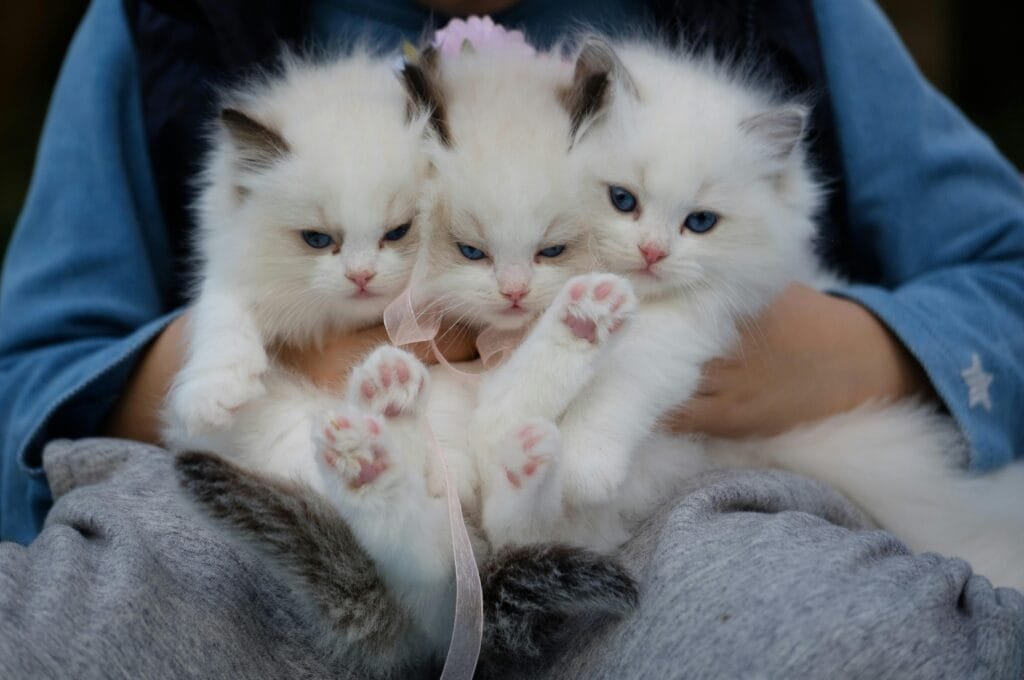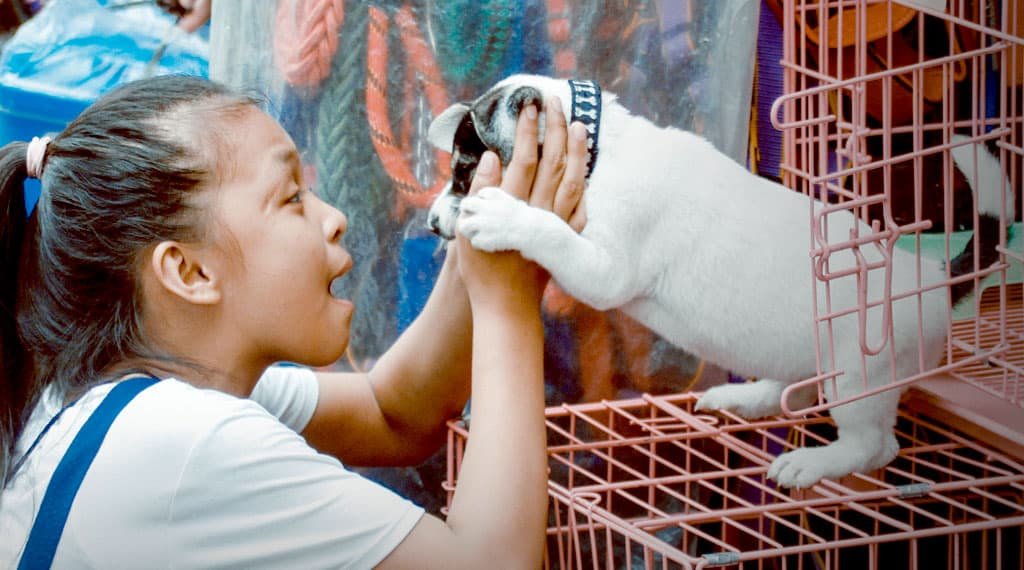Understanding a Cat’s Natural Behavior
To give our feline friends the ideal environment in which to live, we cat owners must be aware of their natural behaviour. Independent and territorial, cats are well-known. They are quite needy of their own space and places to hide when necessary.
Knowing their actions will enable us to design a setting that satisfies them. Naturally gregarious, cats enjoy to investigate their surroundings. Their great need to get to high areas gives them a sense of security and enables them to watch their surroundings from a safe distance.
How Much Space Does a Cat Need to Be Happy? Giving this natural demand high areas like shelves, cat trees, or even window perches might satisfy it.
Cats are renowned for being excellent hunters as well. Their strong hunting drive means they require both mental and physical activity to be content and healthy. Playtime games that resemble hunting, including interactive toys, puzzle feeders, or even hiding goodies about the house, can keep kids intellectually occupied and avoid boredom.
Factors That Determine How Much Space Does a Cat Need to Be Happy?
What amount of room a cat needs to be happy is determined by a number of variables. Age, breed, and personality of the cat all affect how much space they need. For instance, energetic kittens need more room to play and explore. They gain from bigger spaces where they can play and run about.
An other factor is breed. Certain breeds, as the Bengal or Abyssinian, require more room to move about and play. Breeds that are more relaxed and comfortable in smaller areas, however, are the Persian and Ragdoll.
An other crucial thing to think about is personality.
Some cats like quieter places and are more gregarious and daring than others. Your cat’s behaviour will reveal information about their particular requirements and preferences.

Indoor vs Outdoor Cats: Space Considerations
Cat room needs are greatly influenced by whether you decide to keep them inside or let them outside. While outdoor cats have the chance to explore a wider area, indoor cats depend only on the space offered within the house.
For the little horizontal space, indoor cats need greater vertical room. Giving your cats large cat trees, shelves, or wall-mounted perches will allow them to climb and take in their surroundings. To keep them cognitively engaged, it’s also important to furnish an enriching surroundings with interactive toys, hiding places, and scratching posts.
But outdoor cats have access to a lot more area. They can go where they like, scale trees, and follow their instincts. To avoid mishaps or runs-against with other animals, it’s crucial to guarantee their protection by offering a safe outdoor enclosure or monitoring their outdoor time.
Minimum Space Requirements for a Happy Cat
There are certain broad rules to take into account when figuring out the minimal space necessary for a contented cat, even though cat needs can differ. A single cat should, according to the International Cat Care organisation, have at least four square metres of floor space, plus extra vertical space.
Note that this is the minimal need, and additional room is always a good thing. Where there is space for them to play, explore, and withdraw to their own private areas, cats flourish. Your cat will be happiest and most pleased the more space you can provide them.
Providing Vertical Space for Cats
Cats are naturally inclined, as was already indicated, to climb and survey their surroundings from elevated positions. Fulfilling this desire and making a cat-friendly environment need vertical areas. Your cat might have vertical room in a few different ways.
Getting a multi-level and platform cat tree would let your cat to climb, scratch, and relax at various heights. Your cat may watch the outside world safely and elevated from wall-mounted shelves or perches next to windows. Their innate needs are met by these vertical places, which also conserve important floor space in tiny living quarters.

Creating a Stimulating Environment for Indoor Cats
Mental and physical stimulation is provided by their surroundings for indoor cats. Maintaining their happiness and avoiding boredom requires creating an engaging environment. The following pointers will help your cat friend find your indoor area more interesting:
Offer Hiding Places
Cats want to snuggle up and hide in comfortable places. Think of giving your cats places to hide—cat beds, blankets, or even cardboard boxes—in various parts of your house.
Turn Over Toys
If toys are always available, cats may soon grow bored with them. To keep playing interesting, rotate their toys and add new ones every occasion.
Provide Suitable Scratching Posts
As cats are naturally inclined to scratch, setting up suitable scratching posts will help keep them from ruining your furniture. Choose robust, lofty scratching poles to meet their urge for climbing and stretching.
Frame a Window View
Put a cat tree or other perch next to a window so your cat may observe birds or other outdoor activity. This helps them to connect with their instincts and offers them entertainment at the same time.
The Importance of Play and Exercise for Cats
Both a cat’s physical and mental health depend heavily on play and exercise. Playing regularly keeps your cat active, helps to avoid obesity, and lessens behavioral issues brought on by stored up energy. Here are a few approaches to include play and exercise in your cat’s everyday schedule:
Interactive Playthings
Cats will love toys that need them to pursue, pounce, or solve puzzles. Great choices include treat-dispensing toys, laser pointers, and feather wands.
Play with Your Cat
Invest daily playtime in interactive toys or just chase games with your cat. Together with giving you exercise, this strengthens your relationship with your feline friend.
Build an Indoor Obstacle Course
Using boxes, toys, and tunnels, build an indoor obstacle course for your cat to investigate and traverse. In addition to offering physical activity, this simulates hunting.
Consider a Cat Harness
Taking your cat for supervised walks with a cat harness might give them extra exercise and mental stimulation if you have access to a secure outside area.

Tips for Maximizing Space in Small Living Areas
Small living quarters need not guarantee unhappy cat ownership. You can optimize the area you have to suit your cat’s demands with a little imagination and preparation. In smaller living spaces, consider these suggestions for making the surroundings cat-friendly:
Utilize Vertical Space
As was already established, compact living rooms need vertical areas like wall-mounted bookcases or cat trees. They give cats high spots to play, climb, and survey their surroundings.
Select Furniture that Saves Room
Choose cat furniture that either matches your current furnishings perfectly or functions as storage. In addition to being bookcases or wall-mounted perches, cat condos can conserve important floor space.
Create Multipurpose Spaces
Set aside particular spaces for the needs of your cat. One corner, for instance, might be made into a comfortable sleeping space with a cat bed, and another into a play zone with interactive toys and scratching posts.
Place Window Perches
To allow your cat a view of the outside world, place shelves or window perches next to windows. They get their innate curiosity satisfied, and floor space is saved as well.
Outdoor Space Considerations for Cat Owners
If you’re lucky enough to have outdoor space, you owe it to your cat to have a secure and stimulating surroundings. To make sure your outdoor area suits your cat’s needs, take these things into account:
Give the Area Security
To keep your cat from becoming lost or running into any problems, make sure your outside area is safely fenced or contained.
Organise Hiding Places
Include hiding places in your garden, including bushes or lots of foliage. Your cat can withdraw to these places when needed and they offer a sense of security.
Research Cat-Safe Plants
Research cat-safe plants and include them into your outside area. With their safety guaranteed, this gives your cat the chance to explore and engage with nature.
Stimulate
Put up bird feeders or designate a space where your cat may watch the wildlife. They are kept interested in their outdoor surroundings and their innate hunting instincts are aroused by this.

Conclusion:
Finding the Right Balance for Your Cat’s Space Needs
For a cat to be happy generally, one must know how much space they need. Their space needs are influenced by things including personality, breed, age, and natural behaviour. Whether your living quarters are modest or you have access to outside space, it’s critical to furnish your cat’s room to suit their demands.
Your cat will be happy and healthy if you provide them vertical space, furnish a dynamic environment, and include play and exercise into their everyday schedule. To best suit your cat’s demands, pay attention to their habits and preferences.
Maximising the space in tiny living spaces and striking the ideal balance between indoor and outdoor space will eventually lead to a happy and contented feline friend. You will therefore be rewarded with a devoted and contented friend if you take the effort to furnish your cat’s ideal environment.


